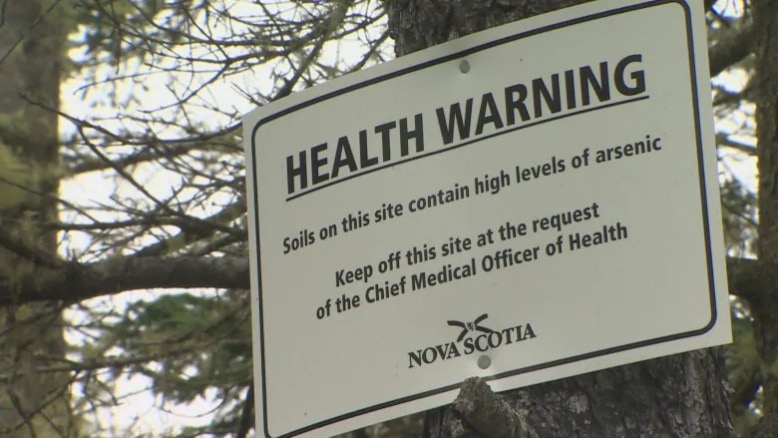
Originally published on SouthCoastToday. Republished with the author’s kind permission.
Oversight body needed
KJIPUKTUK (Halifax) – On their website, the Nova Scotia government proudly says new regulations around contaminated sites ensure cleanups are consistent province-wide. The Auditor General (AG) says, “bollocks”.
In a report released on Tuesday, acting AG Terry Spicer says his office sees no coordinated approach for managing the risks associated with more than 100 contaminated sites in the province.
Spicer’s staff came to that conclusion after following up on recommendations from a 2010 audit, which noted $372-million liability for the more than 100 contaminated sites it was responsible for tracking.
What the government says is consistent, the AG Report says, is a system in which no department is responsible for ensuring appropriate action is taken on known and potentially contaminated sites.
Despite agreeing with the AG’s 2010 recommendations, the Department of Environment failed to implement all the recommendations.
Tuesday’s report found similar problems at the Department of Transportation and the Department of Lands and Forestry, which only recently began evaluations of the 69 historic mine sites in the province, but has no coordinated approach to manage or prioritize cleanup of any which are deemed contaminated.
Left unresolved, this could spell disaster as the gold mining lobby has been actively pushing to be allowed to proceed with more exploration and mine development.
Spicer says the Nova Scotia cabinet should assign an oversight body to manage all contaminated sites under provincial jurisdiction.
Nova Scotia Green Party leader Thomas Trappenberg said in a news release Tuesday, “Toxins leaching into our ground and water for decades because information is lost or because no one is in charge is tragic. The McNeil government has a duty to create a single oversight authority on contaminated sites.” Anything less, Trappenberg contends, would be an abdication of responsibility.
Also in a news release, PC Party environment critic Brad Johns said, “The Auditor General report on contaminated sites shows that the McNeil government has been sloppy. A failure to properly manage these sites could lead to costly problems, both environmentally and financially.” Johns also noted that the recent “shutdown” of legislative committees makes holding the government accountable that much more difficult.
The province has identified a list of 127 potentially contaminated sites on Crown land, including abandoned gold mines in Dartmouth and Guysborough County, identified as high risk for mercury and arsenic and subjects of a $48 million fund for evaluation and cleanup.
In an interview Tuesday, Spicer said that similar issues exist throughout the province. He says, “Nova Scotians should not think that nothing is being done,” but added that contaminated site regulations have been in place since 2013 and current efforts should have happened much sooner.
Spicer says recommendations from the report have have been accepted by the various government departments, and they include:
- The Executive Council Office should assign responsibility to an oversight body to implement a consistent, coordinated approach for assessing and managing known and potentially contaminated sites the Province is responsible for.
- The Province should have a complete inventory of known and potentially contaminated sites the Province is responsible for, including a process to monitor relevant information for decision making.
- The Province should implement a risk-based approach to assess and prioritize all known and potentially contaminated sites the Province is responsible for.
- The Department of Environment should ensure that management provides appropriate oversight of its inspectors.
Spicer also suggested questions Nova Scotians should be asking of the government. They include:
- When will the Province assign responsibility to an oversight body to implement a consistent coordinated approach to contaminated sites it is responsible for?
- Is the Province planning on doing a detailed risk assessment of known and potentially contaminated sites?
- How will the Province prioritize remediation of contaminated sites?
- When will the Department of Environment implement a quality assurance process to ensure appropriate oversight of inspectors?
The Department of Environment refused to provide a list of contaminated sites the Province is responsible for.
The full report, summary and video can be found online here: https://oag-ns.ca/publications/2020
Timothy Gillespie is a Winnipeg-born writer whose home is now in West Middle Sable, Shelburne County. He is publisher/editor of online news portal, SouthCoastToday.ca.
With a special thanks to our generous donors who make publication of the Nova Scotia Advocate possible.
Subscribe to the Nova Scotia Advocate weekly digest and never miss an article again. It’s free!



